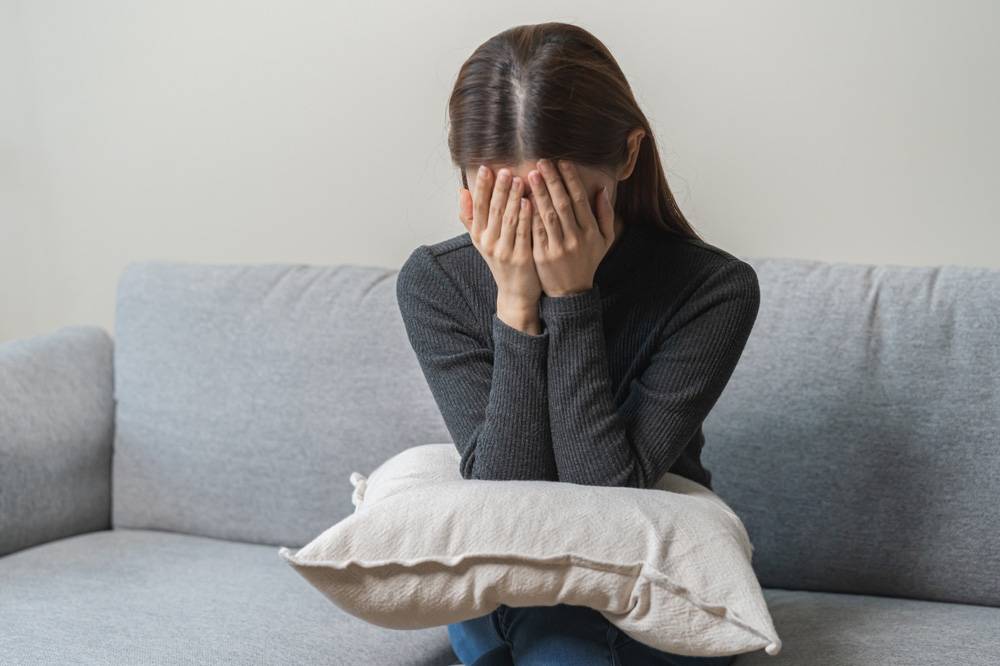Stress vs. Anxiety vs. Burnout: How to Recognize and Cope with Mental Overload

By Venise Abi-Kheir
Guest author | Medical student at Balamand University of Beirut
Are you overwhelmed or simply under pressure? Learn the key differences between stress, anxiety, and burnout, and how to manage each with targeted mental health strategies.
Introduction
Ever feel like you’re walking a tightrope, juggling demands that never seem to end?
High-pressure periods are part of life—whether it’s deadlines, personal crises, or major transitions. But while the words stress, anxiety, and burnout are often used interchangeably, they aren’t the same.
Knowing the difference is key to recognizing what you’re going through and finding the right coping strategy. So—are you feeling short-term tension, battling constant unease, or running on empty? Let’s break it down.
What Is Stress?
Stress is your body’s acute, short-term reaction to a perceived threat or demand—think of it as an internal alarm system.
Key Features of Stress:
- Clear Trigger: Usually caused by a specific event (e.g., deadlines, conflict, exams).
- Temporary: Once the problem passes, stress tends to resolve.
- Motivating (sometimes): A small amount of “eustress” can improve performance.
- Physical Symptoms: Racing heart, tense muscles, trouble sleeping, headaches, or irritability.
Coping with Stress:
- Break large tasks into manageable chunks.
- Practice deep breathing or short mindfulness sessions.
- Exercise and prioritize quality sleep and nutrition.
- Set healthy boundaries to prevent overwhelm.
What Is Anxiety?
Anxiety is a persistent state of worry or fear, often with no clear or immediate cause. It’s not just nervousness—it’s ongoing mental and physical tension.
Key Features of Anxiety:
- Future-Oriented: Fixation on “what if” scenarios and hypothetical danger.
- Chronic: Doesn’t go away when the stressor disappears.
- Emotionally and Physically Exhausting: May lead to avoidance behaviors, sleep issues, and difficulty concentrating.
- Symptoms Include:
- Constant worry
- Muscle tension
- Restlessness
- Insomnia
- Racing thoughts
- Panic attacks (in some)
Coping with Anxiety:
- Practice mindfulness or meditation to stay present.
- Use cognitive-behavioral techniques to challenge irrational thoughts.
- Reduce caffeine and screen time.
- Seek support from a mental health professional if anxiety interferes with daily life.
What Is Burnout?
Burnout is a state of deep physical, emotional, and mental exhaustion. It often results from chronic, unmanaged stress—especially in the workplace or caregiving roles.
Core Characteristics of Burnout:
- Exhaustion: Constant fatigue and lack of energy.
- Cynicism: Feeling detached, negative, or emotionally numb.
- Reduced Efficacy: Feeling unproductive and inadequate.
Signs You’re Experiencing Burnout:
- Feeling emotionally “empty”
- Decreased motivation
- Frequent illnesses
- Trouble concentrating
- Feeling like nothing you do matters
Coping with and Preventing Burnout:
- Take regular mental health breaks (yes, even 10 minutes helps).
- Disconnect from work outside business hours.
- Say no to extra tasks when needed.
- Delegate, reprioritize, and set realistic goals.
- Take a vacation or pause from overwhelming obligations when possible.
Real-Life Scenarios
Here’s how stress, anxiety, and burnout might look in real life:
• Sarah – Experiencing Stress:
She’s a marketing manager preparing for a major campaign launch. She’s losing sleep but staying sharp. After the project wraps up, her symptoms fade.
What helped: Walking breaks, to-do lists, and small wins.
• David – Experiencing Anxiety:
A teacher who constantly worries about evaluations, even outside school hours. He finds it hard to relax or enjoy downtime.
What helped: Daily mindfulness and journaling to reduce racing thoughts.
• Maria – Experiencing Burnout:
A healthcare worker facing relentless hours. She feels drained, detached, and hopeless—even though she used to love her job.
What helped: Taking a vacation, setting stronger boundaries, and reducing overtime.
Final Thoughts
Distinguishing between stress, anxiety, and burnout empowers you to take control of your mental health.
- Stress is usually short-term and manageable.
- Anxiety sticks around, often without a clear cause.
- Burnout is deep, long-term exhaustion—mental, emotional, and physical.
If you’re overwhelmed, don’t wait until it spirals. Start small:
- Take a break.
- Talk to someone.
- Seek professional guidance if needed.
Your mental health matters. The first step toward balance is awareness.
References:
- World Health Organization. (2019). Burn-out an “occupational phenomenon”: International Classification of Diseases. https://www.who.int/news/item/28-05-2019-burn-out-an-occupational-phenomenon
- American Psychological Association. (n.d.). Stress. https://www.apa.org/topics/stress
- Mayo Clinic. (2023). Job burnout: How to spot it and take action. https://www.mayoclinic.org/healthy-lifestyle/adult-health/in-depth/burnout/art-20046642
- National Institute of Mental Health. (n.d.). Anxiety disorders. https://www.nimh.nih.gov/health/topics/anxiety-disorders



